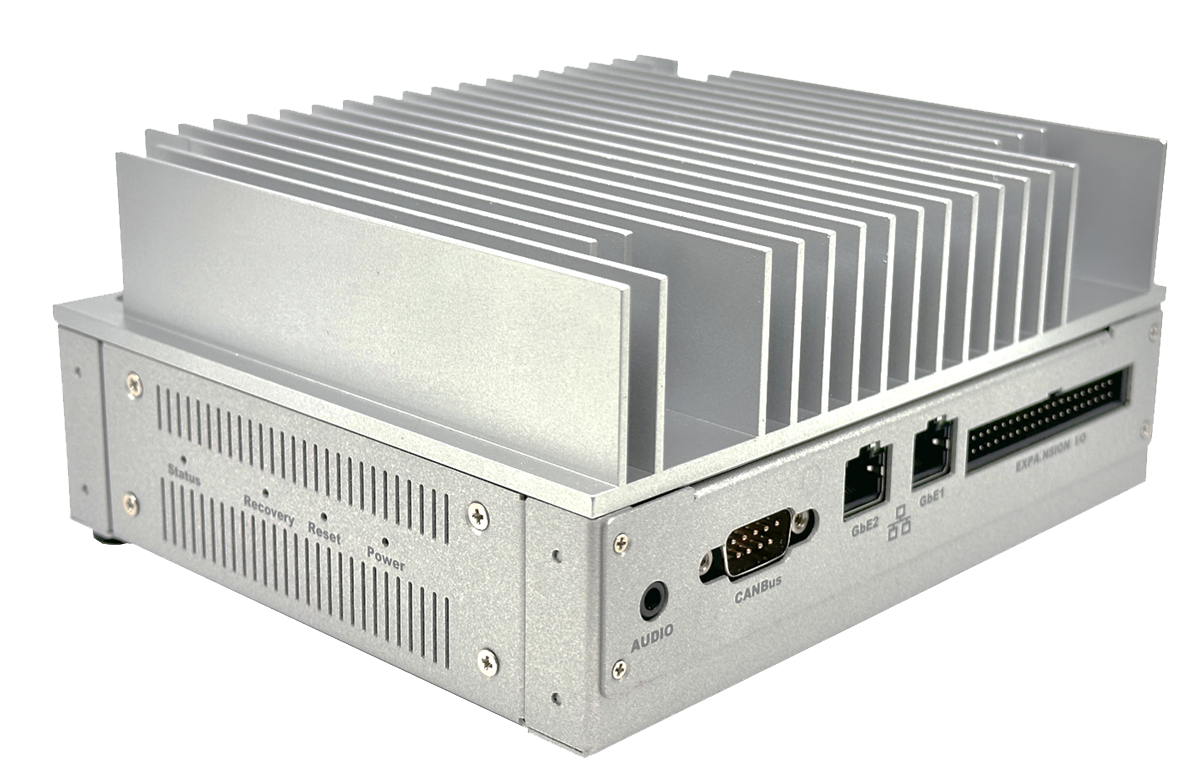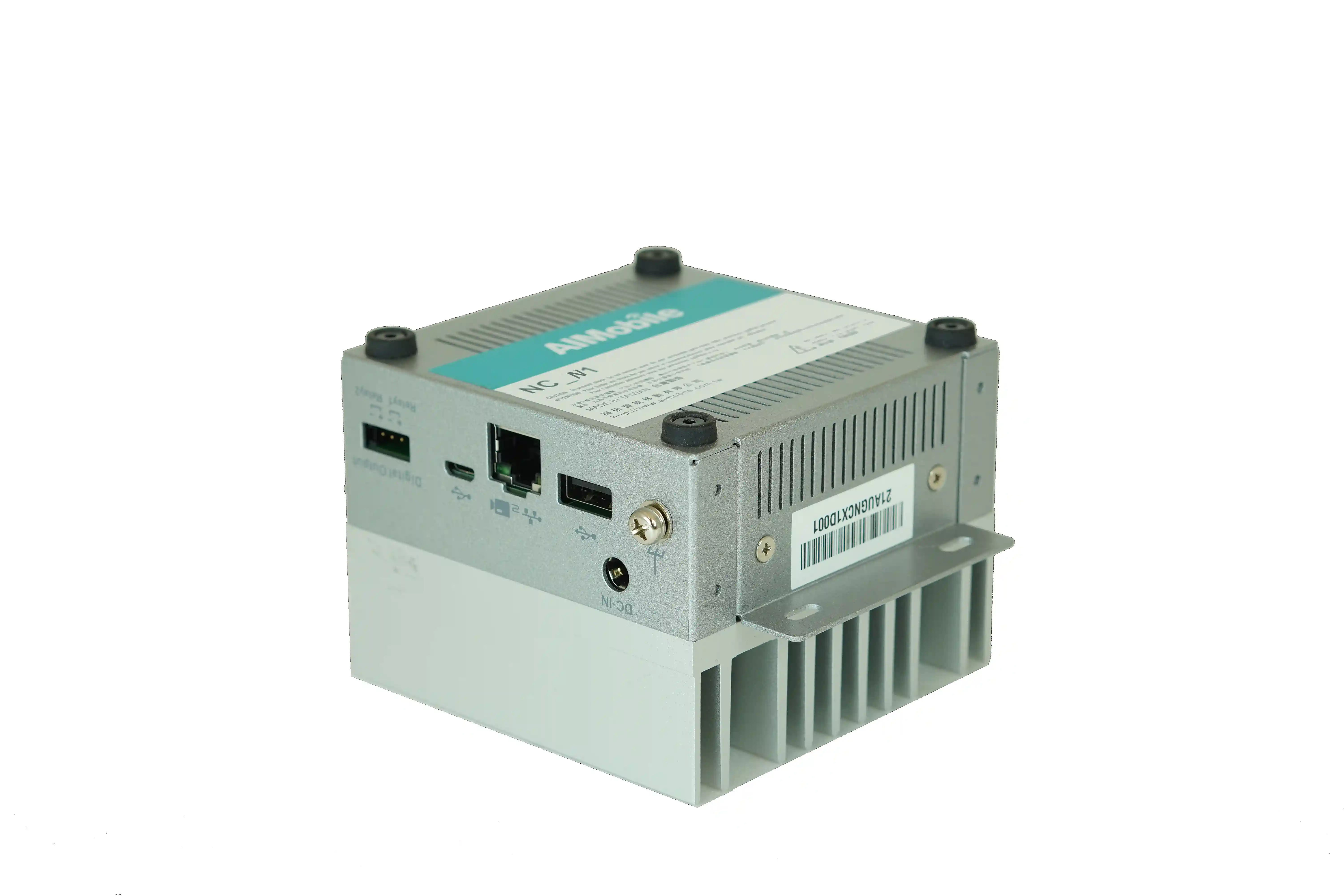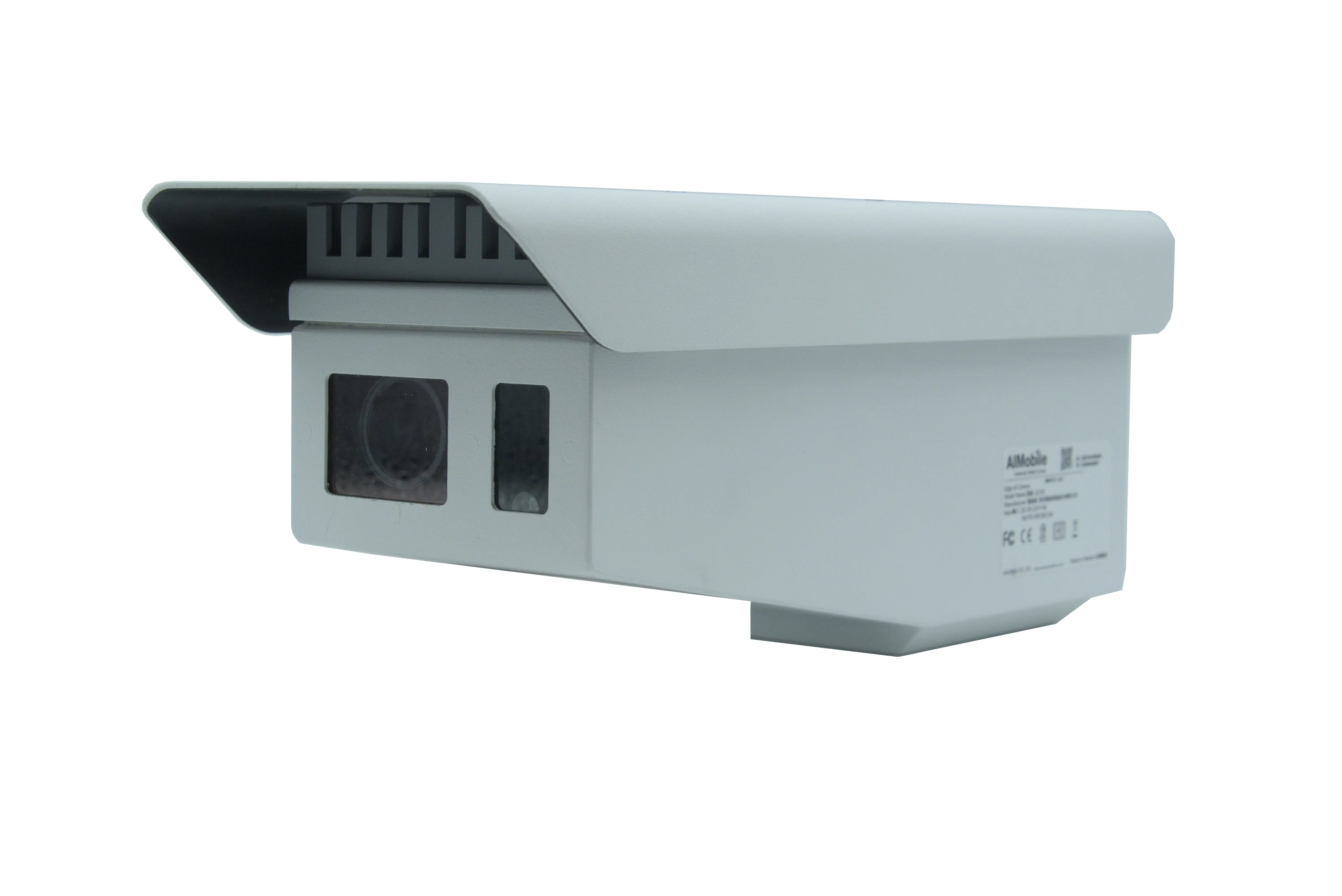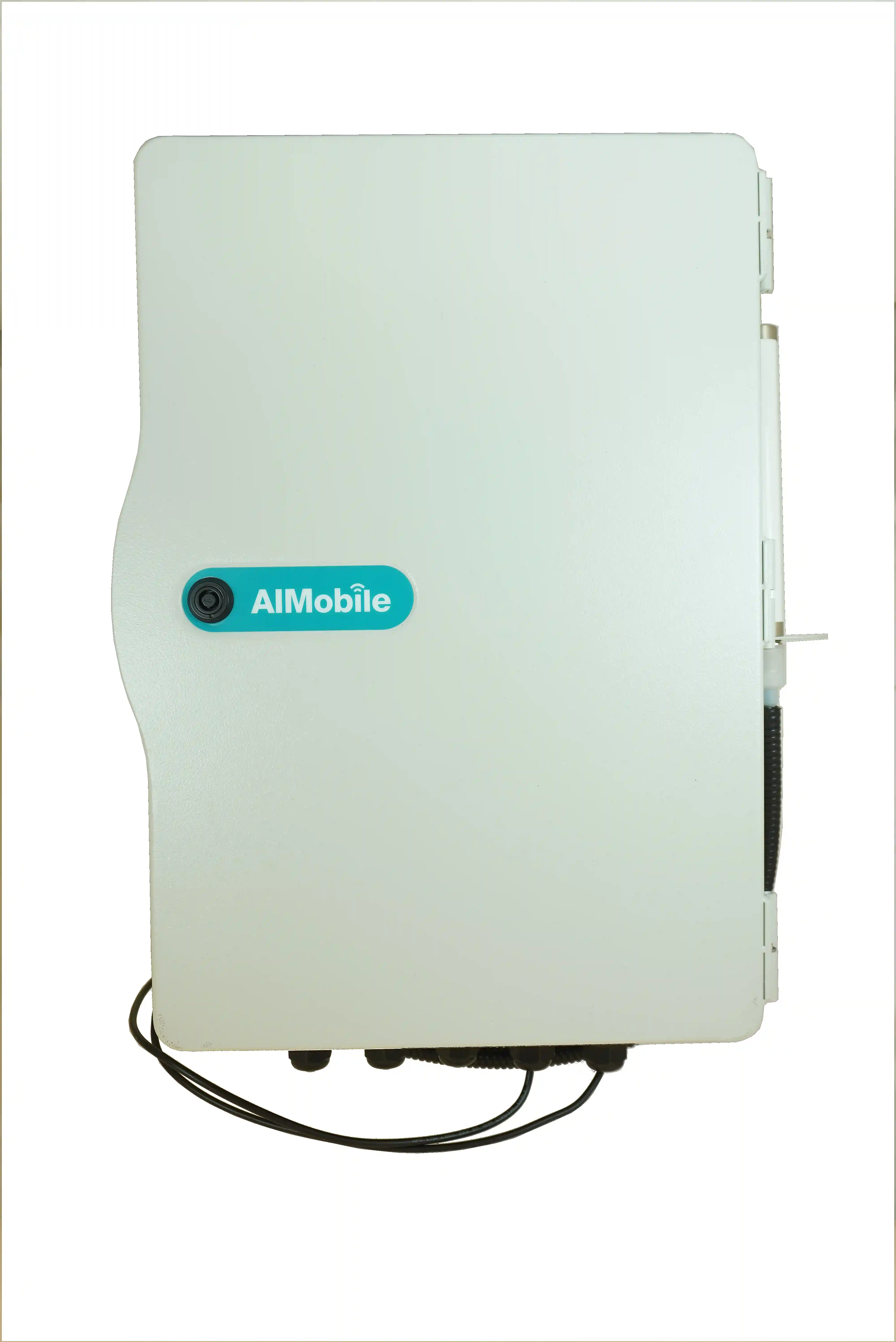While cloud computing has introduced significant benefits to consumers and enterprises, edge computing now becomes an emerging technology for businesses to increase automation and thus improve processes, efficiency, and safety. With cloud computing and edge computing worked hand in hand, IT professionals can build an end-to-end computing solution to distribute workloads across a network. Edge nodes usually take care of lightweight inferencing tasks, while cloud nodes are in charge of heavyweight training tasks, plus a super-speed link connecting the two clusters, like a 5G network.
The recent booming of edge computing is resulted from maturity of neural networks, advancement in compute infrastructure, and widespread adoption of IoT devices. In many cases, businesses use edge computing to improve the response times of their remote IoT devices and to get richer, more timely insights from device data. Edge computing makes real-time computing possible in locations where it would not normally be feasible and reduces bottlenecking on the networks and cloud datacenters that support edge devices.
Edge computing is the catalyst for AI. With edge computing coming to play, edge AI has evolved to be the next natural phase of edge computing so businesses can utilize the data computed at an edge to develop intelligence on top. Bringing AI to the edge expands the number of ways businesses can gain value from AI because it allows data to be acted upon when it’s still valuable, as it’s being produced, in real-time.
Advances in recent edge AI technology have opened opportunities for machines and devices, wherever they may be, to operate with the “intelligence” of human cognition. AI-enabled smart applications learn to perform similar tasks under different circumstances, much like real life.










